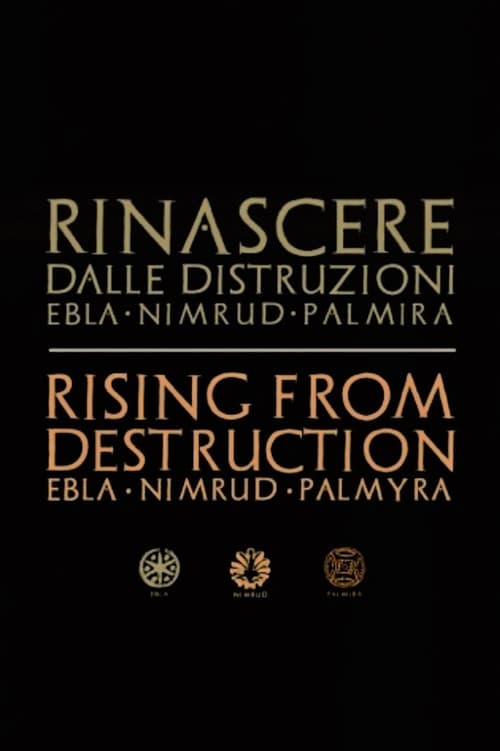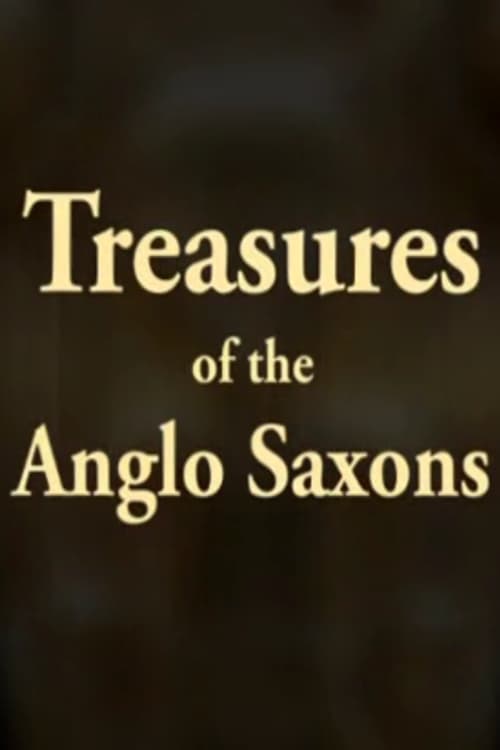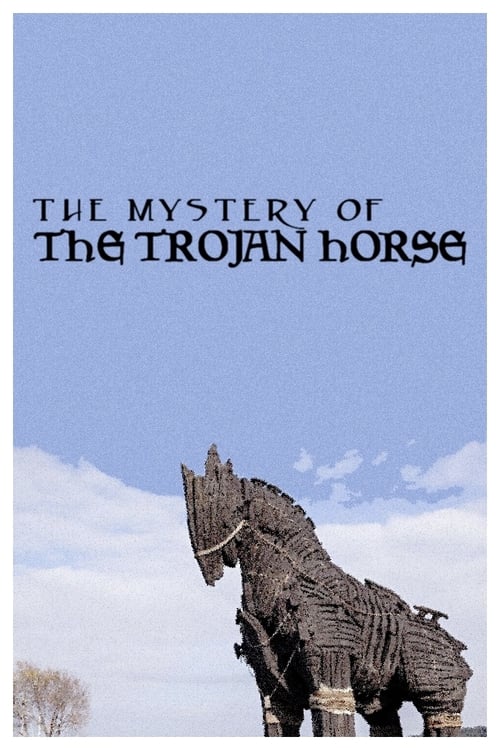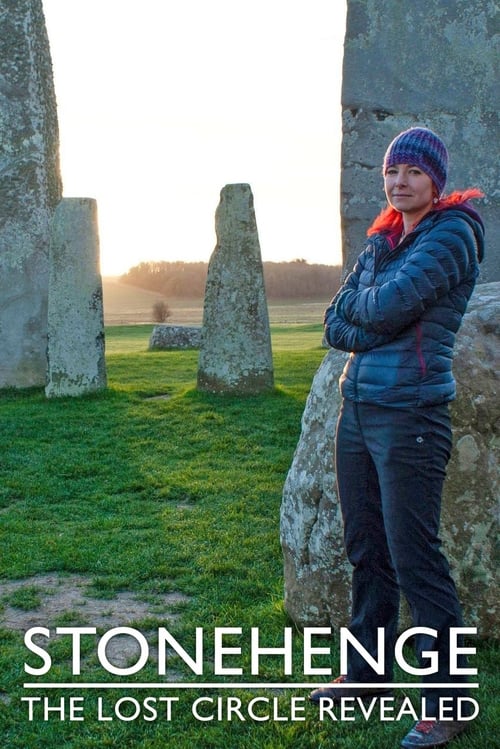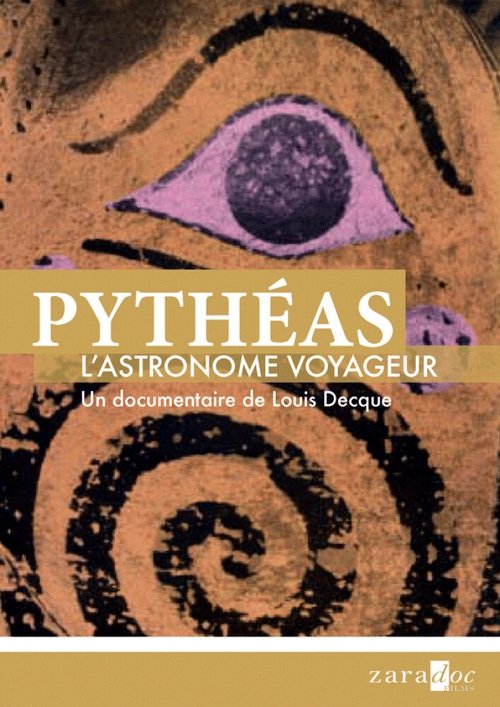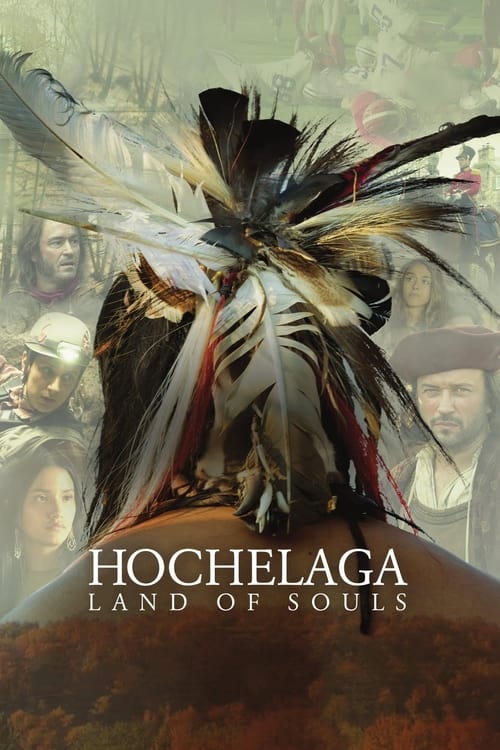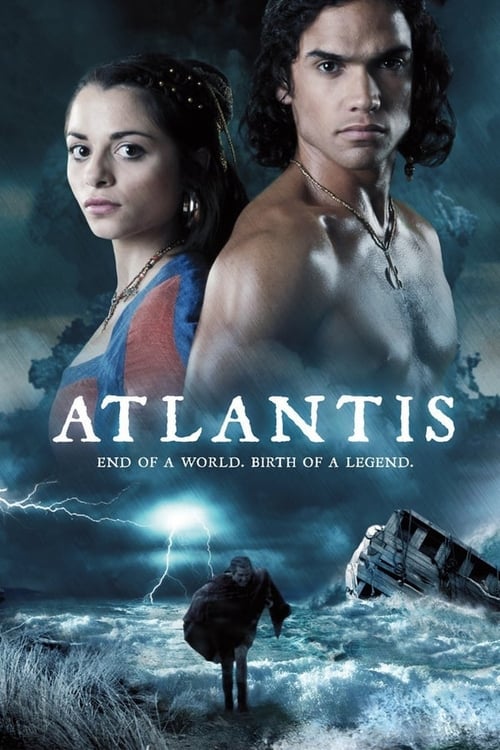NOVA: First Face of America
During risky expeditions in an underwater cave in Mexico, scientists unearth the skeleton of a 13,000-year-old prehistoric teenager to gain insight into the earliest known humans in America.
Cast

Jay O. Sanders
as Narrator (voice)




